Platelets are one of the tiniest components in the blood stream that protect the body against excessive loss of blood during injury. The platelets literally look like plates in their non-active state. In the presence of wound or injury, the blood component migrate to the site, bind the damaged blood vessels, and forms a blood clot. In an active state, the platelets develop tentacles that seem to take the shape of a spider or an octopus.
What does low platelets mean? The human body should normally have a healthy range of 150000-450000 platelets per mcL of blood. When the platelet count in the blood drops below the normal range, the condition is referred to as thrombocytopenia. The display of low platelet count is usually a symptom of underlying drastic health condition/s. Read causes of low platelet count.
A low blood platelet count can result to bleeding. Sudden bleeding usually comes from the nose and gums; and under the skin where it displays bruising (usually purpura in the forearms) and pinpoint bleeds (petechia) on the legs and feet. In some women, they experience longer or heavier periods. It’s best to resolve low platelet count immediately even before bleeding takes place because many times, a huge drop can be sudden. In excessive amounts, uncontrolled bleeding can lead to life-threatening conditions like shock and organ failure.
| Platelet count | Risk of bleeding |
| >100.000/µL | No abnormal bleeding, even after surgery |
| 50.000–100.000/µL | The patient bleeds more than normal after an injury |
| 20.000–50.000/µL | Easy hemorrhage even with small injury |
| <20.000/µL | The patient may bleed spontaneously (with or without injury) |
Treatment for low platelets will likely be costly but there are several helpful resources that can show you comprehensive specifics and step-by-step guidelines around increasing low platelet count using proven and all natural methods, worth to mention the premium guide Conquer Low Platelets. Get your copy and learn more by clicking here. While low platelet count treatment method like platelet transfusion is necessary for a drop of something like 10000-20000 platelets per mcL from the normal range, a subtler range of low blood platelet count can be simply dealt with an inclusion of just the right food intake.
Foods that combat low platelet count
People who suffer from a case of receded level of platelets in their blood are in serious risk of non-stop bleeding (a concentration of less than 50,000), which can then result to blood loss and, at the extreme level, probable death. Although some cases of individuals having too little of platelets in their blood (thrombocytopenia) may have acquired the disorder from birth, other cases are simply as a result of faulty diet and thereby can be fixed with proper eating. Here are 10 foods you should consume if you are seeking to boost the number of platelets in your blood.
1. Foods Rich in Vitamin B12
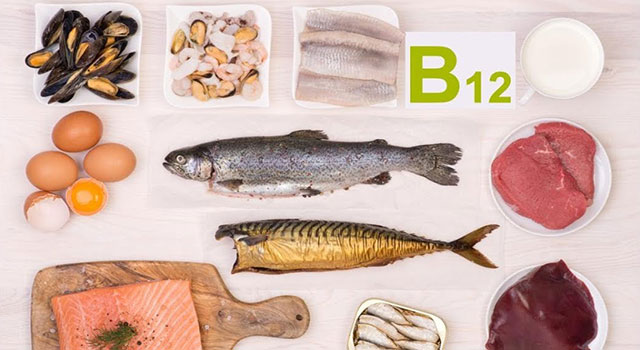
It has been established that people who are deficient in vitamin B12 also suffer from a case of low platelet in their blood (Mishra, V. et al, 2015). As a nutrient, vitamin B12 is something which the body is incapable of reproducing and therefore can only be sourced from the food we consume.
If you are low in platelet count and your medical specialist suspects you of being deficient in needed vitamin B12, it would be wise to boost your nutritional intake of this specific vitamin by eating the right food choices.
There has been a controversy about consuming dairy for the sole purpose of enhancing the blood’s platelet level. While there is not yet a study which directly links cow’s milk with improved platelet in the blood, there is an interesting find which saw bovine colostrum for inhabiting the necessary ingredients used to produce platelet (Samuel, M., et al, 2017).
Milk is high in calcium and vitamin B12, but it can also help your body regenerate the number of platelets if you replace cow’s milk with goat milk. The calcium content works along with Vitamin K and the milk protein fibrinogen. This is to increase your platelet count and improve the blood’s ability to form clots. Calcium deficiency can lead to having your body take much time longer in forming blood clots, especially when dealing with excessive bleeding. Apart from goat milk, you can also consume eggs, beef liver, and clams to keep your vitamin B12 levels at an optimum.
Lean protein foods are also excellent sources of zinc and Vitamin B12. These nutrients are essential to reverse the effects of thrombocytopenia. In case of reduced platelets in the body, you should switch to a diet that includes adequate dosage of lean proteins such as turkey, chicken, and fish. Oysters are also known as a high source for zinc and should be included in a diet plan towards increasing platelet production. Purchase A Lean Protein Shake.
CLAMS
FOOD WITH HIGHEST VITAMIN B12
Besides being a low-fat approach to boost protein in your diet, many seafood is known to be rich in vitamin B12. In fact, the vitamin B12 content of a 3-ounce serving of clams is as high as 84 micrograms. Preparing a delicious meal, you can stir cooked clams into pasta. It is also a good addition to seafood stew or soup.
Other good seafood is trout which contains 5.4 micrograms for a 3-ounce portion. The same amount of salmon has 9 micrograms of vitamin B12. Add a side of steamed vegetables to the broiled or grilled fish to make the vitamin B12 meal more nutritious.
A steamed crab legs of 3 ounces has about 6 micrograms of vitamin B12 while the same amount of lobster contains 3 micrograms.

YOU
KNOW
2. Foods That Thrive in Vitamin B9

Although medical science is clearly aware of the role of vitamin B9 in the creation of red blood cells and white blood cells in the bone marrow among humans, there is an interesting study which finds a correlation with the supplementation of vitamin B9 and increased platelets in the blood using animal subjects (Durand, P. et al, 1996).
If there is anything that can be derived from this study, it is the likely influence of vitamin B9 in the production of platelet in the blood. Severe deficiency of folate in the body can result to reduction in blood platelets. To combat this possible consequence, you should take on a diet that includes folate rich foods. When considering of enhancing your body’s vitamin B9 sustenance, think of foods like peanuts, kidney beans, and black-eyed peas.
Vitamin B9 or folate is extremely important for healthy cell division in the body which can be a beneficial factor in the treatment for low platelet count. A healthy adult should consume at least 400 mg of folate everyday as part of their diet. Some other folate rich foods include asparagus, orange juice, spinach, and fortified cereals. You may drink about 400ml of orange juice 2 to 3 times each day. Purchase An Orange Juice.
3. Foods That are Abundant in Iron

There was an interesting study back in 2012 which found that people who are suffering from anemia (deficiency in iron) are also equally afflicted with a low platelet count in their blood. The link was subsequently proven when the researchers found that by tending to the subjects’ case of anemia via supplementation, they also seen improvement in their platelet levels (Morris, V. et al, 2012).
Iron is a commonly found nutrient in some plant-based and meat foods, including (but not limited to) beef, lentils, mussels, and pumpkin seeds. Pomegranate is also a multi-faceted fruit helpful for low platelets treatment. Its rich red color is a testament to its high iron content. The fruit can help combat increasing platelet reduction with regular consumption. You can eat it raw or in juice form. The fruit is also rich in vitamins to help you keep your energy levels steady despite having your blood platelets low in level. Generally, you may have 150ml (5oz) of pomegranate juice daily for 2 weeks. Purchase A Pomegranate Juice Concentrate.
Total Time: 10 minutes
Serving/s: 1

YOU NEED:
Seeding:
- 1 pomegranate
- 1 dark-colored kitchen towel
- 2 bowls (1 large, 1 small)
- 1 small sharp knife
Juicing:
- Spoon
- Mesh strainer
- Blender
- Container for liquid
DIRECTION:
Seeding:
1. With another smaller bowl nearby, work on the pomegranate in the first bowl.
2. Locate the crown of the pomegranate then create a shallow slit around it. Do it carefully to avoid bursting some seeds. Remove the crown to expose the seeds.
3. Turn it over and repeat the process, cutting a circle around the base of the pomegranate.
4. Cut slits in the sides of the rind, following the white lines of the pith from top to bottom. This will split the fruit apart and expose the seeds further.
5. Loosen the seeds from the pith and place them in the smaller bowl. Since pomegranate juice can stain, you can use a dark-colored towel to clean up any mess. Discard the pith and the rind.
Juicing:
1. In a blender, pulse the seeds a few times. Avoid blending for too long or you will create a cloudy juice.
2. Make use of a mesh strainer to separate the pomegranate juice into a container. Extract as much liquid as possible by using the back of a spoon against the pulp.
3. Chill, if desired!
4. Foods That Prosper in Vitamin K

Vitamin K is a nutrient whose function is aimed towards blood clotting as well as maintaining good bone health. As per the Platelet Disorder Support Association (PSDA), a good percentage of people who take a supplementation of vitamin K showed positive correlation with platelet counts as well as the amelioration of bleeding.
If thinking of opting to better your platelet status through food, then you should consider the following—natto, broccoli, green leafy vegetables, pumpkin, and soy beans.
Overall high calorie meals are suggested for ideal production of blood platelets. Vitamin K is a necessary ingredient that keeps cell growth at optimum levels in the body. Platelets last up to 10 days only where a healthy quantity of platelets need to be continually produced to replace the lost amount in the body. Eating eggs, liver, and kale can be highly beneficial for a plan seeking to achieve adequate Vitamin K for the body. Purchase A Vitamin K Supplement.
5. Foods That Flourish in Vitamin C

Vitamin C is established to support the functionality of platelets, that is, to promote both their ability to attach to the wounded site as well as together, essentially making a plug (Bordia, A. & Verma, S.K., 1985). But another interesting aspect with the study of the relationship between vitamin C and platelet count, is the established notion that the former has a positive influence towards the latter, especially in the production context (Davies, M. et al, 1991).
If you are looking to improve your body’s vitamin C intake—and thereby raise the level of platelet in the blood—then you would want to consume these foods—pineapple, mango, green or red bell pepper, tomatoes, cauliflower, and broccoli.
6. Vitamin A and D-Rich Foods
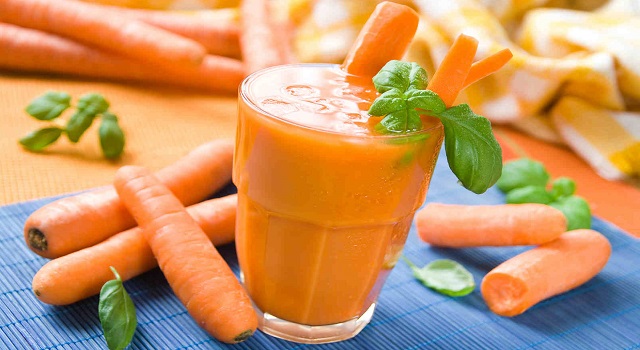
Vitamin D is a known beneficiary of the bones, where much of the body’s cells are created, including the platelets. The Platelet Disorder Support Association (PSDA) is even a staunch advocate of the thought. There are plenty of resources for this crucial nutrient, such as dairy, egg yolk, and fish. However, even just a mere exposure of 15 to 20 minutes in sunlight can have a significant impact to the level of demand the body needs about vitamin D.
Vitamin A is also essential for healthy platelet production. This nutrient is significant for protein formation in the body. A healthy protein regulation helps in the process of cell division and growth. This is why it is essential to consume Vitamin A rich foods to sustain normal body function. Some ideal foods that belong to this group are carrot, pumpkin, kale, and sweet potatoes. You can have 2-3 glasses of carrot juice a day. Purchase An Organic Orange Carrot Juice.
7. Papaya Leaf Juice

There has been a substantial study which relates the role of extracted papaya leaf juice and its influence towards the increased production of platelets, albeit in animal subjects (Dharmarathna, S.L.C.A., et al, 2013). But a different research, however, showed positive response when applied to human subjects who were afflicted with dengue fever and dengue hemorrhagic fever (Choon, T.C., et al, 2013).
The popularity of the papaya leaf extract has become such that manufacturers are trying to cash in with the trend by selling products in pill formats which they tout as having the said plant juice.
The extract prepared from papaya leaves is excellent for overall blood production and increase in platelet count. Just put water and papaya leaves in a kettle and put it on medium heat for 10-15 minutes. The slow heat will help to slowly draw the extract from the papaya leaves. You should boil the solution until the liquid simmers down to half its volume. Drinking this extract twice a day can help increase blood platelets count. Take about 2 tablespoons of the juice twice a day. Purchase A Papaya Leaf Extract.
8. Chlorophyll From Wheatgrass
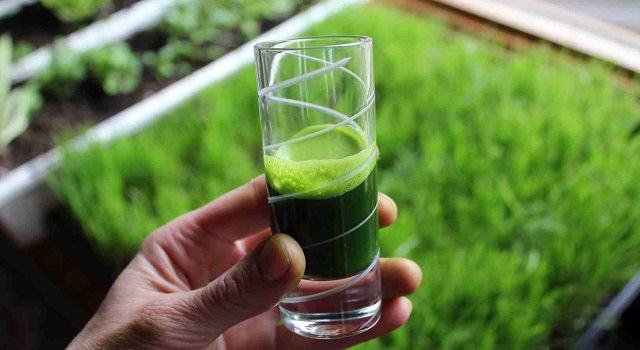
If you’ve studied biology, you would know chlorophyll as that green pigment which gives plants their verdant coloration and, at the same time, an essential component in the absorption of sunlight. While still a subject for further study, a previous study was already conducted which sought to identify the effect of chlorophyll in a person’s platelet level (Cugliari, G., 2018).
Chlorophyll has a remarkably similar molecular structure to that of hemoglobin. After all, chlorophyll is essentially commonly known as the blood of plants. This nutrient has a strong effect in overall blood production and increase of platelet count in the body. Wheatgrass juice comprises over 70% of chlorophyll and it is one of the best sources for the nutrient. Take half cup each day. Purchase An Organic Wheatgrass Powder.
9. Cod Liver Oil And Flax Seed Oil
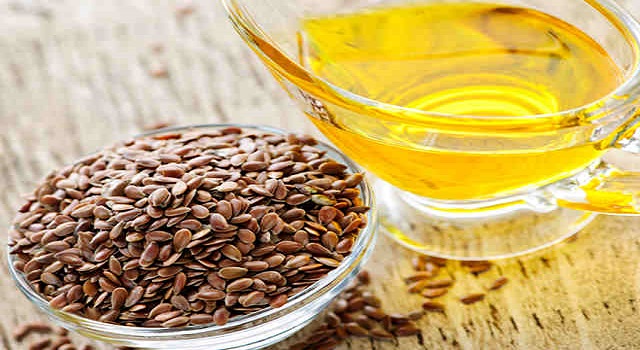
Consuming either cod liver oil or flaxseed oil can help you strengthen your immune system. It’s considerably a significant low blood platelets treatment approach that helps combat the tendency of the body to confuse and attack its own, including the platelets. Many autoimmune disorders are the leading cause of thrombocytopenia or low platelet count. These oils also help in reducing inflammation in the body as well as improves blood circulation throughout the body. They are beneficially supporting factors but take caution for they might act as a blood thinner. Purchase An Organic Flaxseed Oil.
10. Macrobiotic Diet
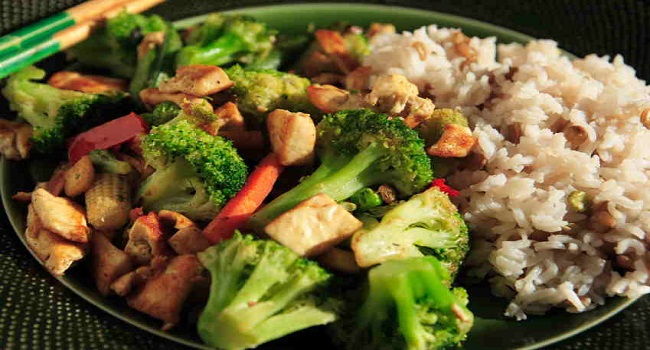
Based on constant research on the body’s nutritional needs along with studies on the patterns of platelet or thrombocyte production, the Platelet Disorder Support Association recommendeds a vital anti-inflammatory diet. This diet has shown to help in optimum blood production. Signs of combating thrombocytopenia in patients has also been observed. The diet recommends a consistent consumption of whole grains, vegetables, and organic beans. However, it recommends reduction in intake levels of animal protein except for fish and high quality natural cheese and yogurt. The diet also recommends avoiding certain food elements that includes aspartame, alcohol, bitter lemon, quinine, tonic water, and bitter melon.
BONUS: Melatonin
While most individuals who take a supplementation of melatonin do so in order to alleviate their sleep and mood, there is another benefit to this chemical—it significantly improves the platelet counts in the blood (Todisco, M. & Rossi, N., 2002).
VIEW MEDICAL TREATMENT METHODS TO INCREASE PLATELET COUNT
Platelet, also known medically as thrombocytes, is an essential component of the blood whose common responsibility is to stop bleeding by clotting and plugging the wound. When seen at the microscopic level, platelets appear as colorless disk whose normal concentration ranges between 150,000 to 450,000 per microliter of blood. Any deviation from this number scope can, therefore, render a person either having too much or too little of platelets.
While these food groups are essential to help you combat instances of having platelet count low in number, it’s better to start on a diet with the help of your general practitioner or nutritionist, more importantly if you don’t carry any guide with you. This is also important in order to specifically understand – what does a low platelet count mean – in your case and what thrombocytopenia treatment option is the most appropriate.
Many people often disregard the occurrence of food allergies when they change their diet. Be careful, especially with regards to doubtful approaches. Food allergies can have severe side effects such as depression, constant fatigue, and even cell destruction. In this event, allergic reactions caused by diet changes might actually lead to the destruction of healthy blood cells instead of the purpose of helping with regeneration of the same.
Getting to understand what is low platelet count is not enough. Learn about possible hypersensitivity issues too. Know your allergies before proceeding with any diet changes. An abnormal count of T-cells, a kind of white blood cell, can indicate hypersensitivity to food allergens. If your blood work shows a higher percentage of T-helper cell ratio, strictly monitor your symptoms in association with any changes to a new diet. Read if platelet rich plasma therapy can be relevant.
- READ MORE




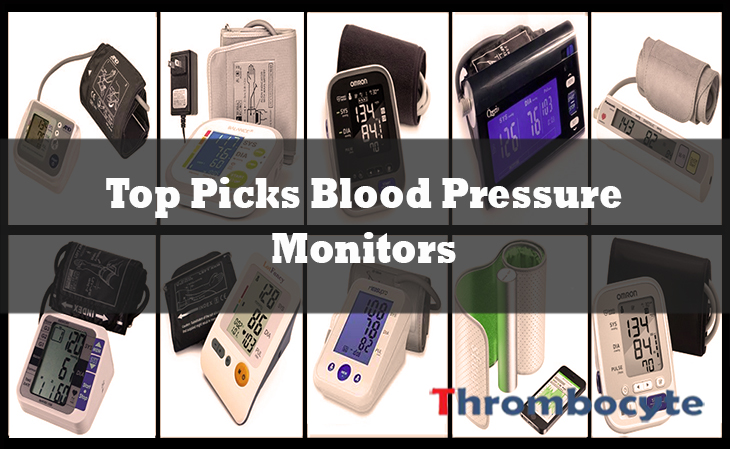
Hi. Thanks for this very informative article! For the last couple days, I’ve been squeezing half a lemon into warm filtered water first thing in the morning. Definitely there seems to be some other interesting stuff. Will have to try some out. 🙂
Very good article I am a platelet donor just want to keep my platelet count
Up very good article on what to eat.